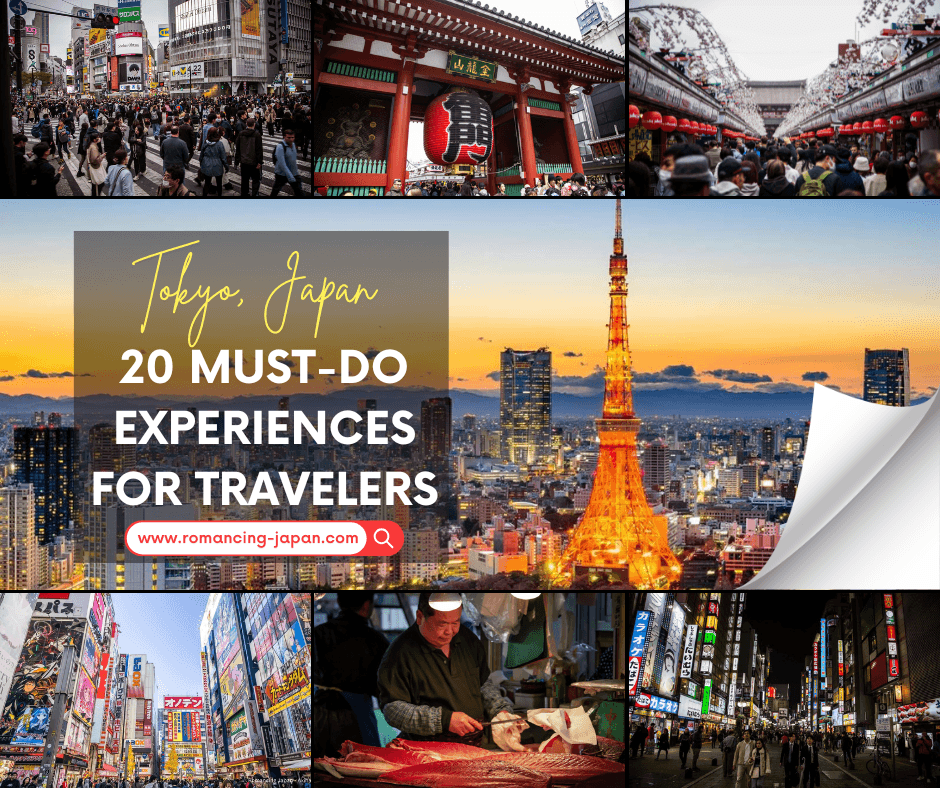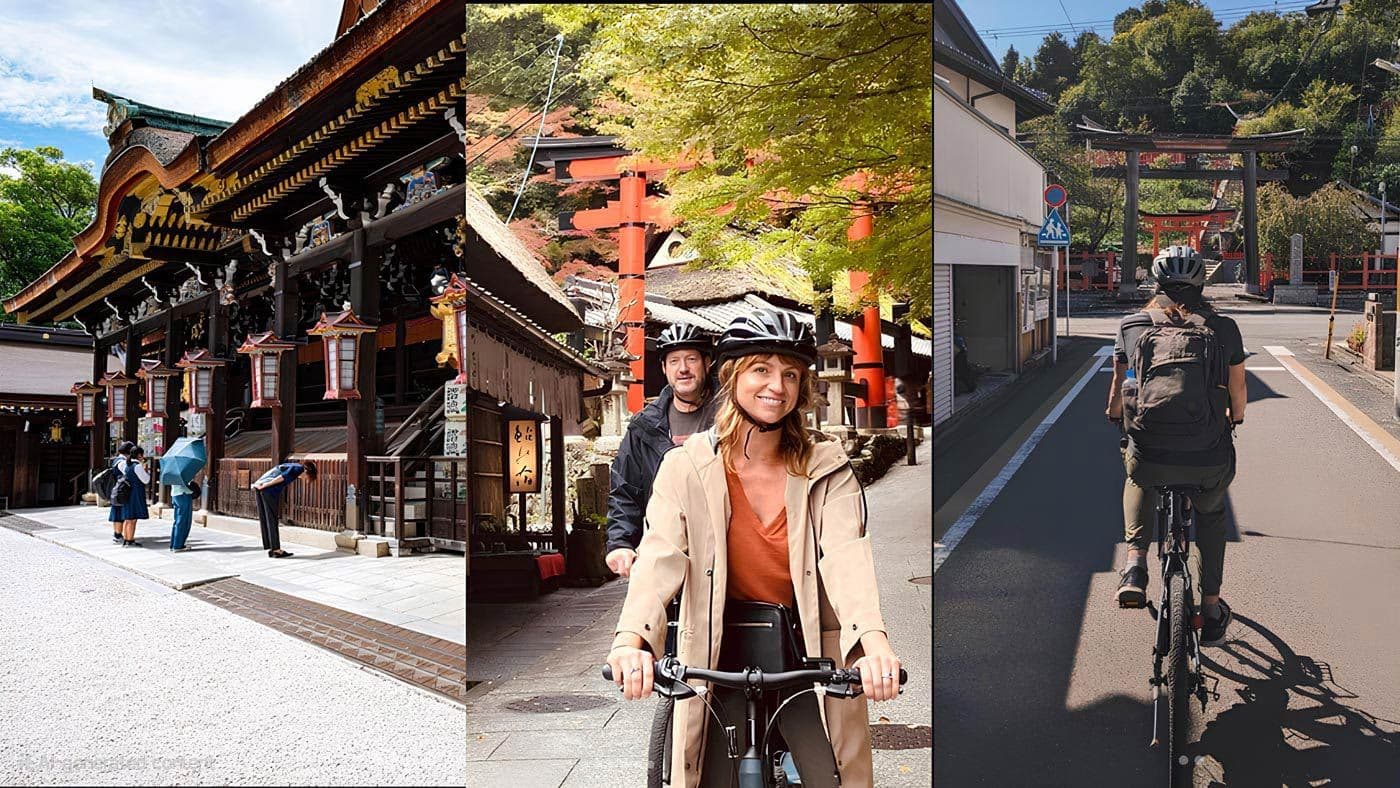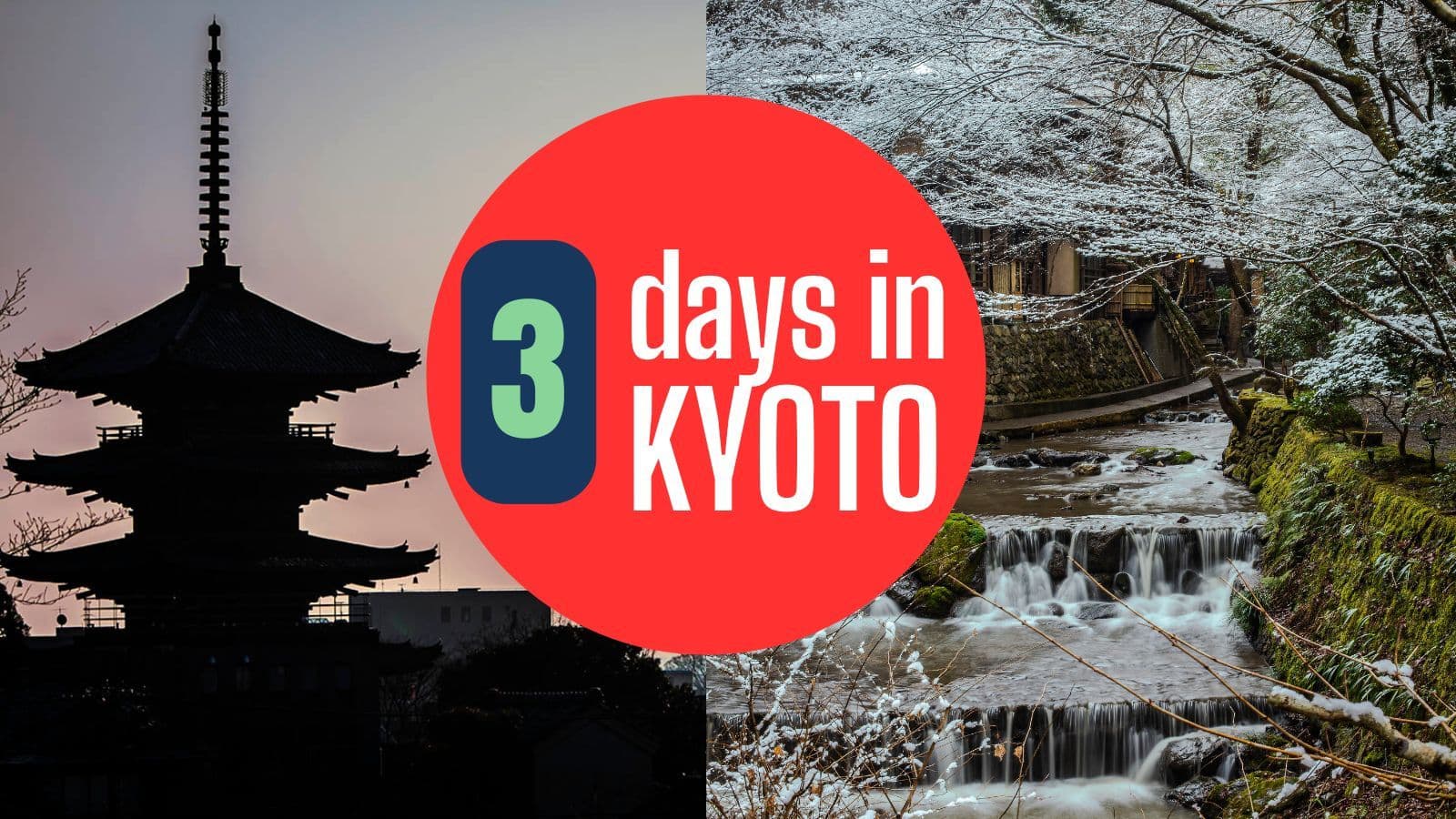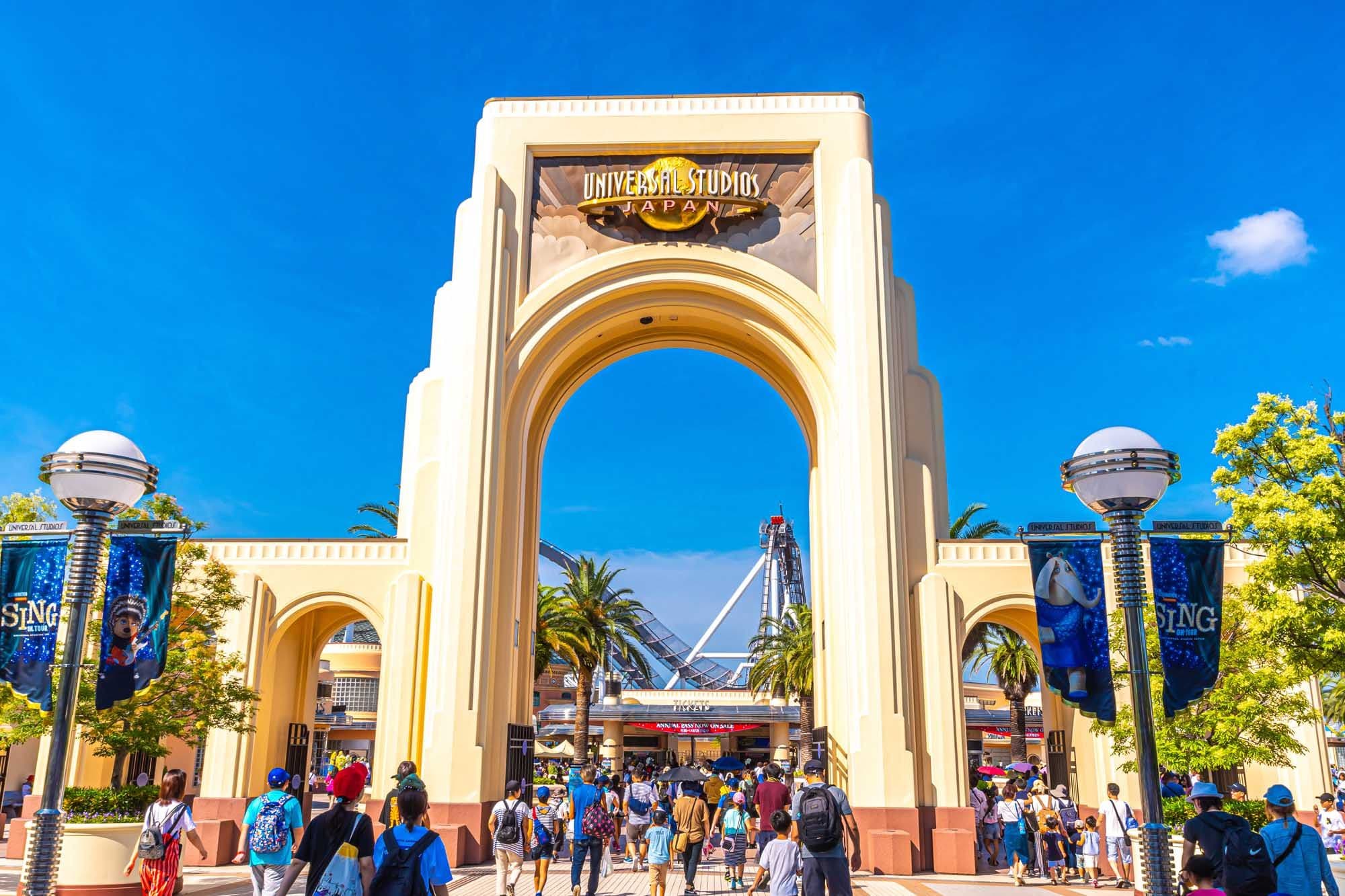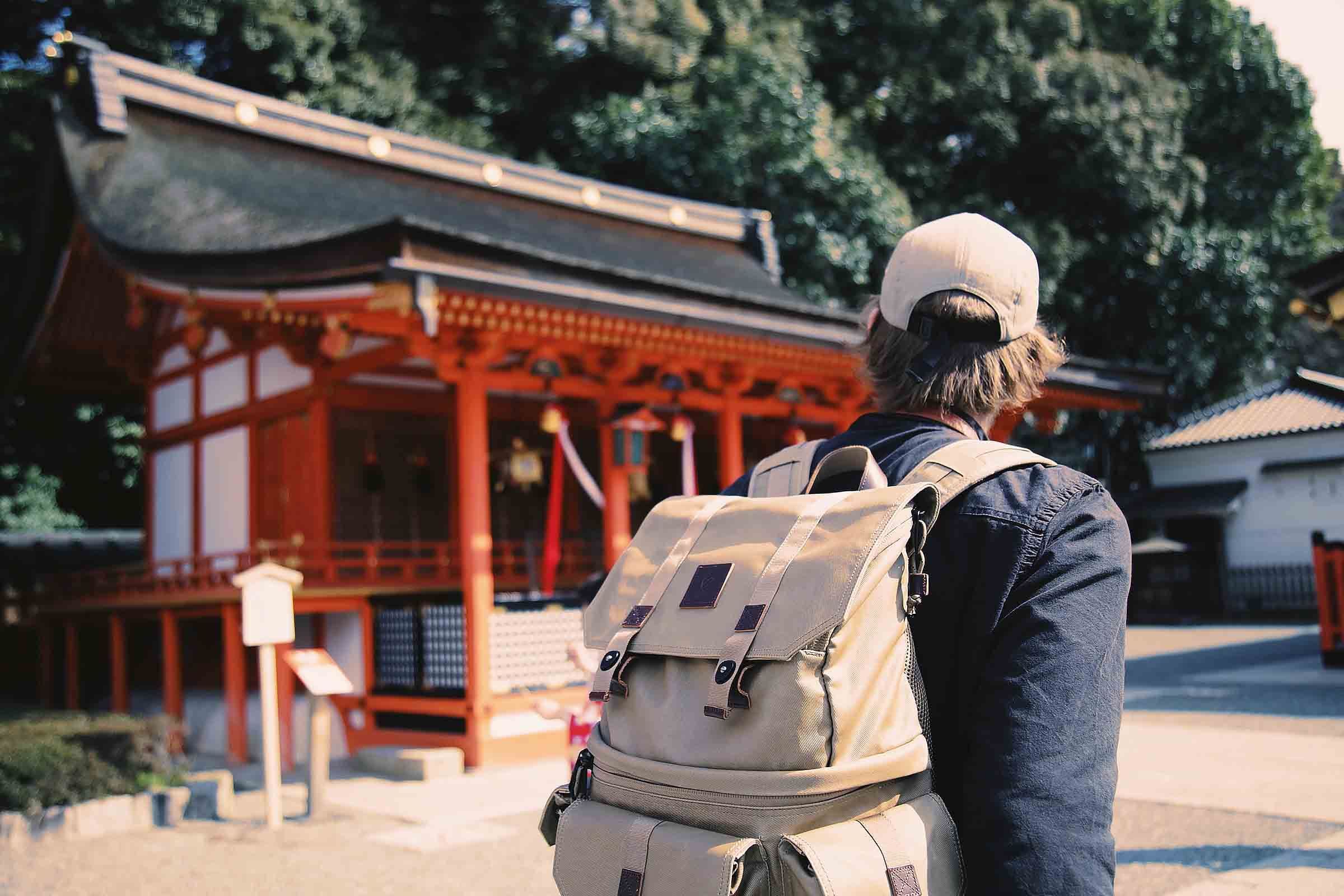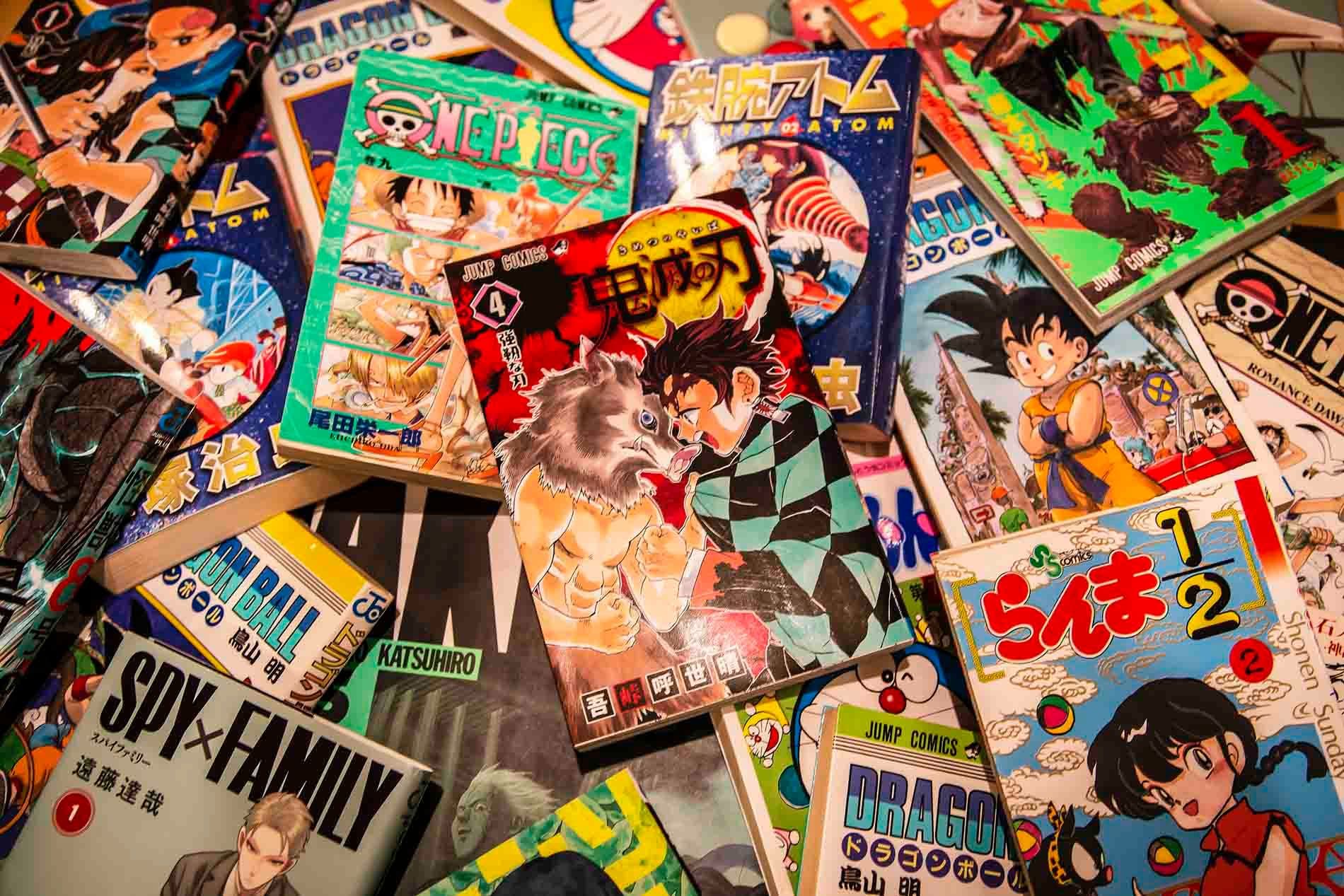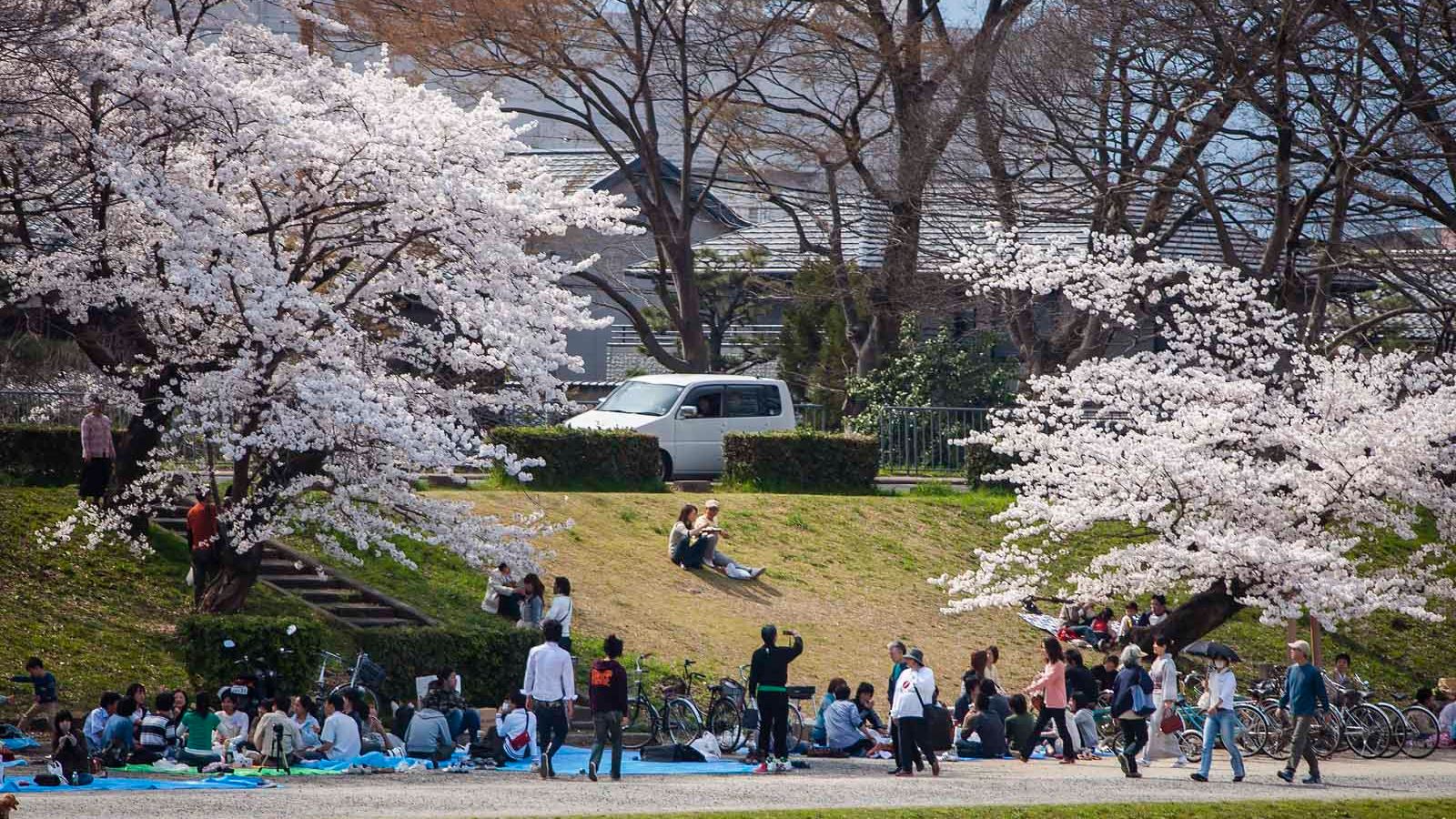
When is Cherry Blossom Season in Japan? Bloom Dates and Tips
James Saunders-Wyndham

James Saunders-Wyndham
Table of contents:
Many people don’t know this, but cherry blossom season in Japan only lasts a short time. Once those cherry blossom trees start to bloom, you’ve got about two weeks until it’s all over. Miss it by a few days and you might find yourself staring at bare branches instead of gorgeous pink petals that float on the wind.


The cherry blossom season in Japan follows what locals call the "sakura zensen" (桜前線 - cherry blossom front). I've watched this natural wave of blooms sweep across Japan many times. It starts way down in Okinawa around January and slowly moves north until it reaches Hokkaido in May.
Local Insight:
I once traveled all around Kyushu Island in late March and then headed up to Kyoto in early April. I got to enjoy cherry blossom in full bloom for four-weeks straight. It was an awesome spring experience!The first blossoms appear in Okinawa around mid-January. By late March (around a week or two before the end of the month) the light-pink Sakura starts blooming on Kyushu Island (cities like Fukuoka and Kumamoto).
From Kyushu, the cherry blossom season moves like a wave, slowly moving up through the main islands. welcome their first blooms by late March. The flowers then make their way to Kyoto and Tokyo in early April.

While residing in Japan for over two decades, I've watched the sakura wave sweep across the country countless times. Let me share what I've learned about catching these fleeting blooms in different regions.

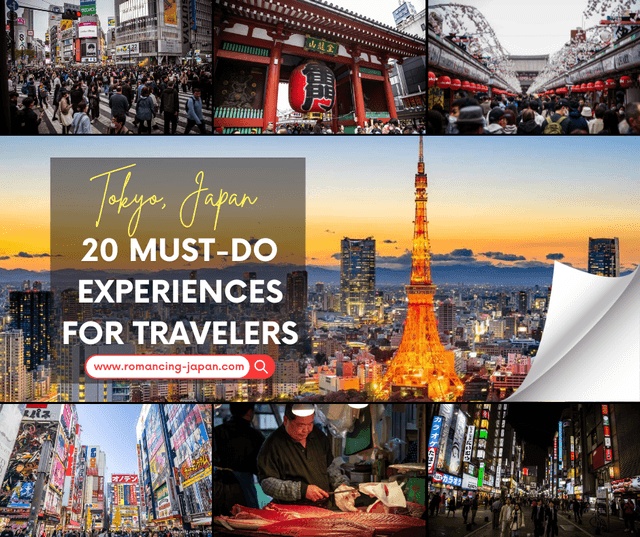
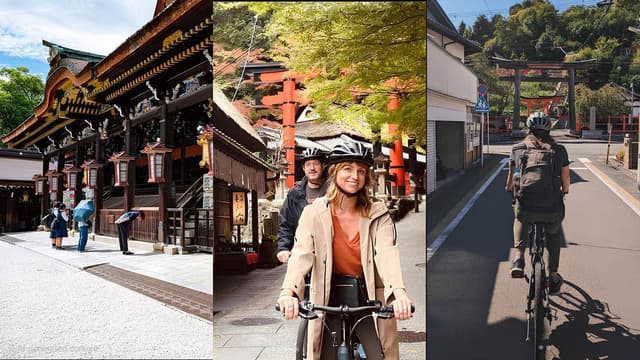
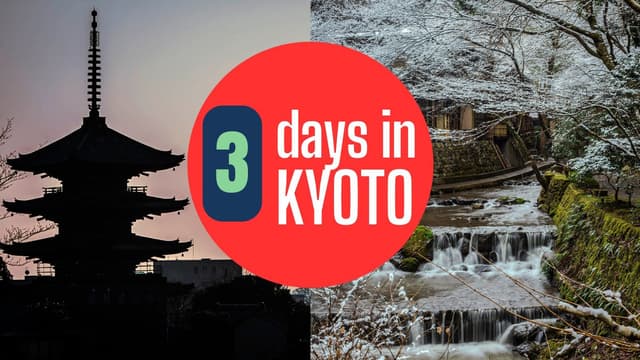
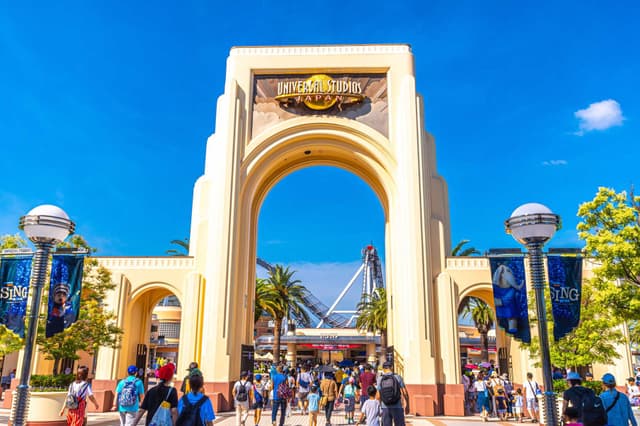
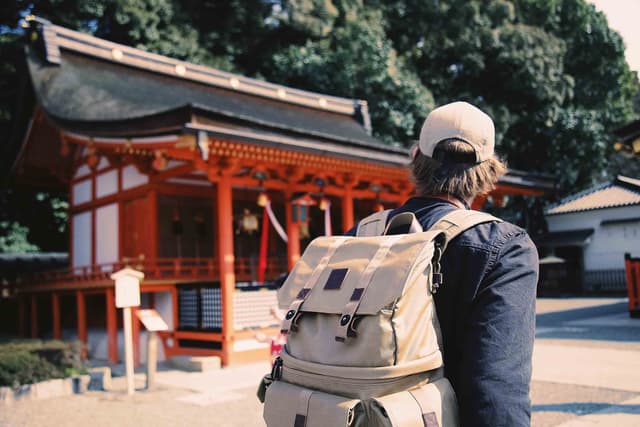
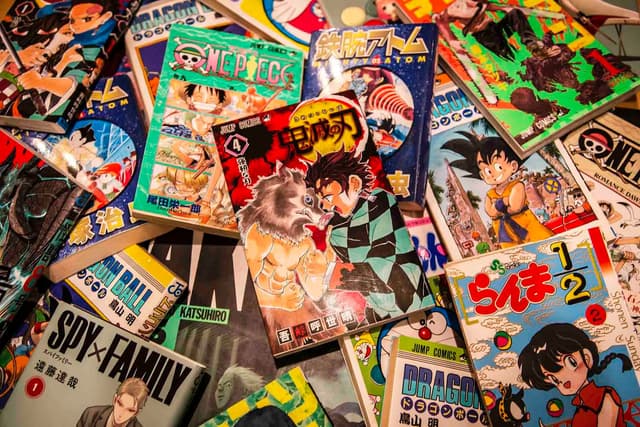
The first sakura appear in Okinawa around mid-January. These southern blooms surprised me when I first saw them - they're not the delicate pale pink you might expect, but deeper colored, bell-shaped flowers called カンヒザクラ (kanhizakura). By late March, the wave reaches Kyushu, painting cities like Fukuoka and Kumamoto in soft pink.

The Kansai region bursts into bloom as March ends. I remember my first spring in Kyoto - the ancient capital transforms when sakura frame its temples and shrines, usually starting in late March. Tokyo and Yokohama follow the same pattern, with first blooms in late March and mankai (満開 - full bloom) arriving in early April.
Your final chance to see cherry blossoms comes in northern Japan, where blooms appear from mid-April to early May. Here's what my travels have taught me:
One thing that still amazes me - these delicate flowers only give us about a week from first bloom to full glory, then another week before they fall. I've seen strong spring storms cut this window even shorter. That's why locals say sakura teaches us about the beauty of impermanence - mono no aware (物の哀れ).

Temperature plays the biggest role in when these delicate flowers decide to open. Once the flowers open, you usually have about a week to enjoy them at their finest.
Something interesting I've noticed - the blooming dates have been creeping earlier each year. The average bloom date has moved up five days in Tokyo between 1961 and 2020. Scientists tell us this shift comes from both global warming and city heat effects.
“Recently, Japan’s weather has been getting warmer and seasons are starting later. Last year, in 2023, the Sakura was very late to bloom due to a late cold snap that delayed the display.”
Let me share something I learned the hard way - while forecasts help with planning, cherry blossoms don't read calendars! The actual blooming can swing about a week earlier or later than predicted. That's why I always recommend having flexible travel plans during sakura season.

Be aware that this is a peak tourist season, so prices often increase. Hotel prices during sakura season can triple, and rooms vanish quickly. Let me help you avoid making rookie tourist mistakes.
Finding accommodation during cherry blossom season can be tricky because of the large tourist crowds. If you want to stay in popular spots like Kyoto, you'll need to book 8 to 9 months ahead.
Here's what I've learned about securing the best options:

The Japan Meteorological Agency (気象庁 - kishocho) releases their first bloom predictions in January or February. While these forecasts help, remember that cherry blossoms only grace us with their presence for 10-14 days from first bloom to fall.
If there's one thing living in Japan has taught me, it's that weather can throw any sakura schedule into chaos. That's why I suggest staying 7-10 days to boost your chances of seeing peak bloom.
Local Insight:
Pick a base city and be ready to take day trips. For example, if Tokyo's blossoms are running late, you can hop on a train to Lake Kawaguchi-ko (the lake under Mount Fuji in Yamanashi Prefecture) where the flowers might be in full bloom thanks to the different elevation.
Even if you miss peak bloom in one spot, don't worry! The sakura zensen (cherry blossom front) moves slowly north, giving you plenty of chances to catch these magical flowers. I've had some of my best viewing experiences at unexpected locations when my original plans fell through.

The perfect sakura viewing experience depends on more than just catching the right week - the time of day matters just as much. After years of photographing cherry blossoms across Japan, let me share some secrets about capturing these magical moments.
My favorite time to view sakura is during what Japanese people call "asabiraki" (朝開き) - early morning opening. The blossoms sparkle with morning dew as sunrise paints them in golden light.
Photographers love this time because the morning air is usually still. At night, many parks offer "yozakura" (夜桜) - evening cherry blossoms. The illuminated trees create mirror-like reflections on water that would make Monet jealous.
You might think weekdays would be quieter, but many Japanese workers use their paid leave for hanami (花見 - flower viewing) during the week.
Still, I've found that arriving before 8:30 AM usually guarantees some peaceful moments. Popular viewing spots like Ueno Park turn into a sea of people on weekends.
Here's what I've learned about capturing the perfect cherry blossom photos:
Trust me, while crowds are unavoidable during sakura season, sunrise and sunset offer precious quiet moments for photography. These times remind me of the Japanese concept of "komorebi" (木漏れ日) - sunlight filtering through trees, creating magical scenes worth waking up early for.
After two decades of chasing sakura across Japan, I can tell you that seeing these magnificent flowers at their peak is worth every minute of planning. Sometimes nature throws you a curveball - I once planned a viewing party in Kyoto only to find the blooms had come and gone a week early! But that's part of what makes sakura season special.
The key to a successful cherry blossom adventure comes down to four essential points:
Even when weather patterns shift your perfect viewing window, Japan's sakura season (桜の季節 - sakura no kisetsu) offers countless chances for unforgettable moments. Whether you're joining the locals for hanami under full blooms or catching the last petals dance in the spring breeze, each viewing brings its own special magic.
The best time to see cherry blossoms in Japan is typically from late March to early April, with peak bloom varying by region. Southern Japan sees blooms as early as January, while northern areas like Hokkaido experience peak bloom in early May.
Cherry blossoms typically last for about 7-10 days from first bloom to full bloom. After reaching full bloom, the blossoms usually remain for another week before falling. However, strong winds or rain can shorten this period.
It's recommended to book accommodation 8 to 9 months in advance, especially for popular cities like Kyoto. Flights can be booked later, but securing your lodging early is crucial due to high demand during cherry blossom season.
If you miss the peak cherry blossom season, you can still enjoy other spring flowers like wisteria, which bloom later. Additionally, you can travel to northern regions where cherry blossoms bloom later, or enjoy illuminated cherry blossoms at night in various locations.
Loading Comments...

I've been immersed in Japanese culture and daily life for over 30 years and am proud to call Japan my home. Originally from Australia, my journey has taken me from teaching at Japanese universities to traveling extensively across the country, uncovering its hidden gems. As a web developer, I built Romancing Japan from the ground up to share these experiences with you. Whether it's the charm of old Kyoto, the pulse of Tokyo, or the tranquility of the countryside, I love helping others discover the magic of Japan—one story at a time.
